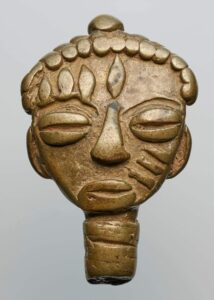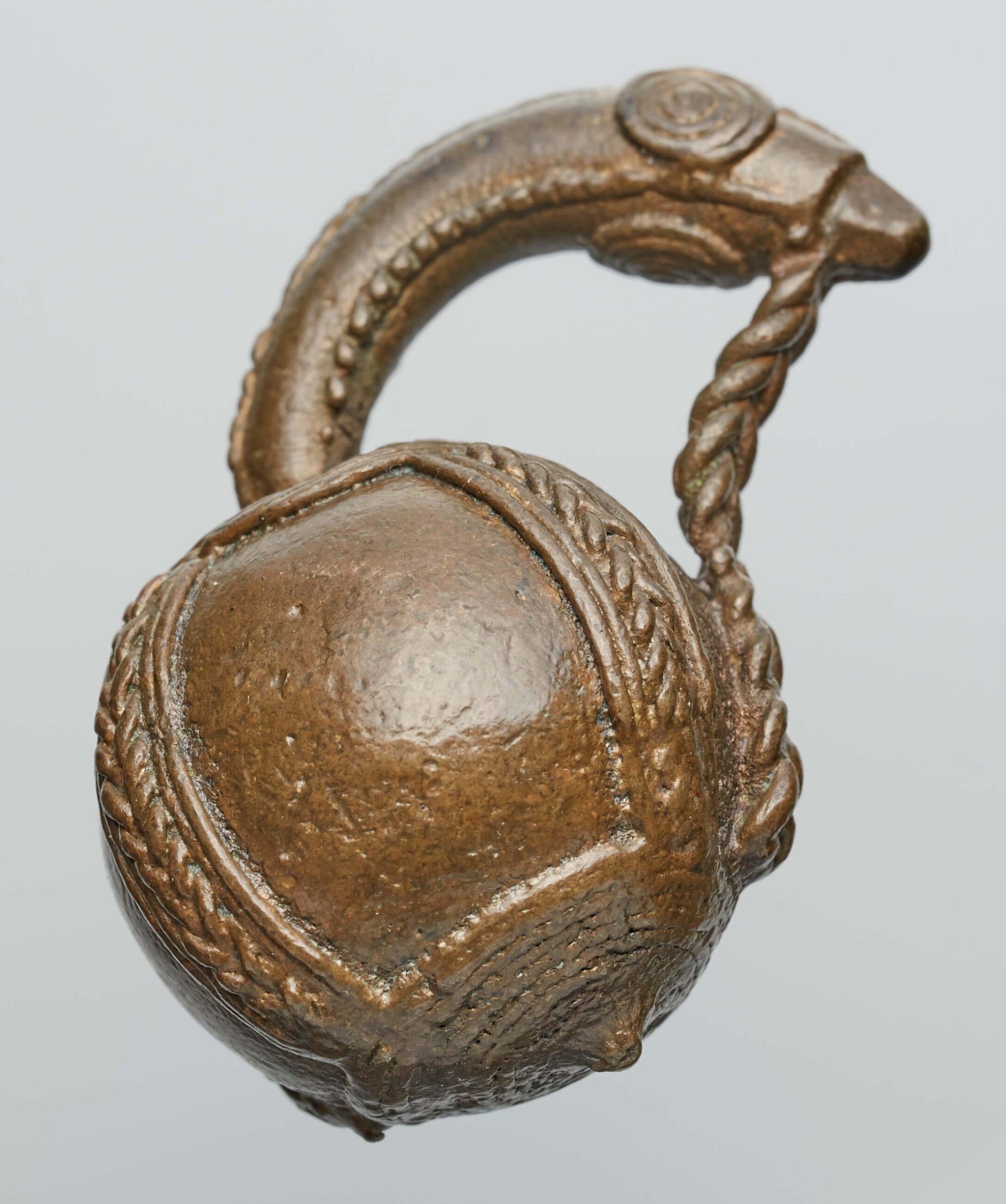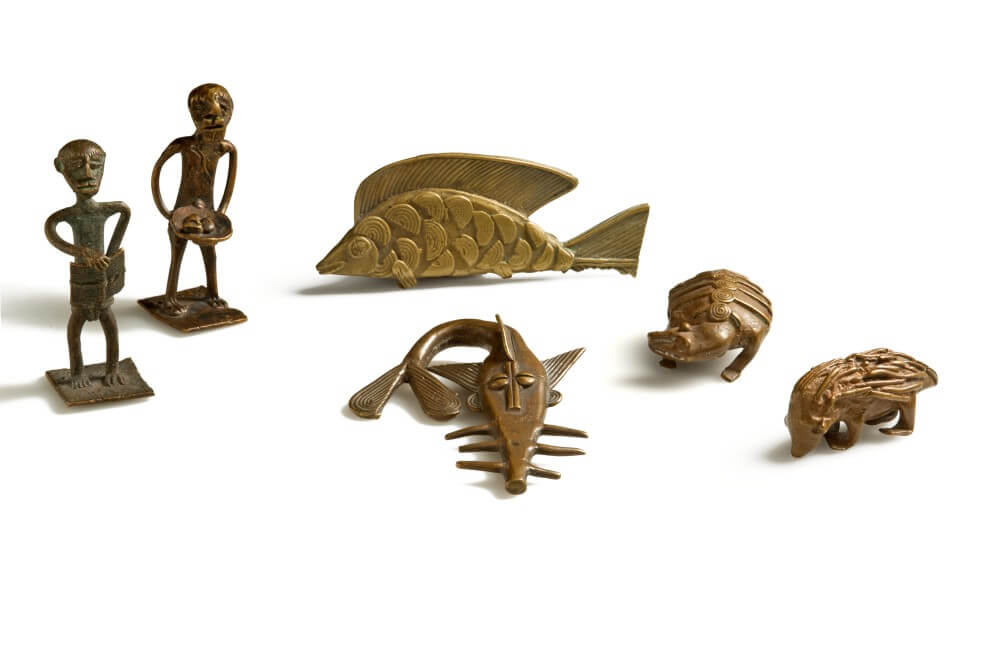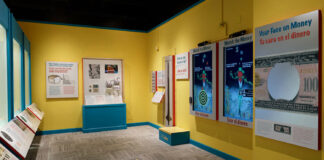
In its exhibition “Akan, les valeurs de l‘échange”, which runs until 28 February 2021, the Monnaie de Paris deals with means of payments used by the Akan (West Africa). A special emphasis is given to the Ashanti, who used gold to carry out transactions until the 20th century.

To this end, the Ashanti developed an ingenious system for determining the weight of a certain amount of gold dust by means of scales and weights. The instruments used for these purposes were extremely versatile and of outstanding beauty.
Displaying more than 500 objects and documents, the Monnaie de Paris explores the origins and the features of the small bronze figures, which tell us a lot about how everyday life in this African region looked like between the 15th and 20th century. The collection of the Monnaie de Paris contains more than two thousands of these weights.
The Relations Between Africa and Europe

In the middle of the 15th century, Europe run out of gold to meet its monetary needs. Although Europeans already knew about the gold deposits in Africa, Arab traders had a monopoly on the gold trade. When the Europeans arrived there a few years later, the region received the name ‘Gold Coast’.
In the first part, the exhibition deals with trade relations, which were characterised primarily by the fact that everyone tried to maximise their profit (to the disadvantage of the other party).
Gold as a Means of Payment, Weights for Determining the Price
Back then, there was no money circulating in these areas. Trade was exclusively carried out by barter, with the quality and the weight of the goods being the decisive factors for determining the price. Due to their various, mainly trans-Saharan trade relations, the Akan adopted the system of weights and scales from the Arabs.

A barter system based on weighing gold dust was developed. For the Akan people had an abundance of gold dust and realised its monetary value as they traded with the West. The system was incredibly sophisticated and takes us into the world of Western metrology (the study of measurement).
A Small Universe of Weights
In contrast to weights depicting natural objects, weights in the shape of animals aren’t meant to be realistic depictions. Mammals, reptiles and fish were reinterpreted in interesting ways. The objects are more than weights, they also refer to proverbs: “Dew does not wet you if you walk behind an elephant” is a way of saying that the leader is also the protector of the clan. Therefore, weights were important means of education for children.
Numerous weights reflect the everyday life of the Akan. Weights depicting people and animals were also extremely popular among western collectors as they paint a beautiful picture of Africa.
For more information visit the website of the Monnaie de Paris.
You don’t know much about the Akan people? Here you can learn more about the history of the Ashanti.
You can also watch a brief introduction to Akan history on YouTube.
And in this video you can learn more about Akan proverbs and the Akan language.













